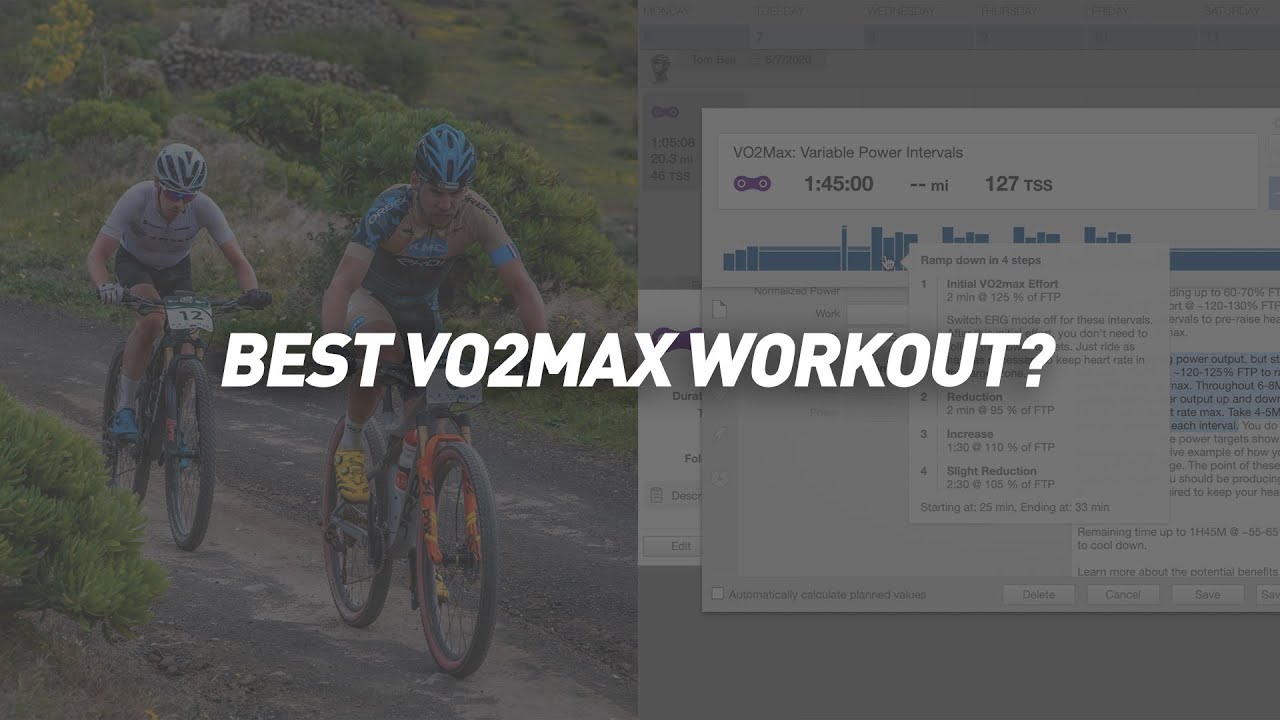Now that I’m pursuing polarized training, I’ve also tried to avoid hitting my max HR (~162 for me). On a semi-hilly group ride Sunday, I consciously tried to stay below 95% of max, but could not climb a 9-10% hill without hitting MHR. I also hit MHR yesterday doing 3 min intervals at 115% of FTP. I know our hearts can handle MHR for short periods, even if we feel a loss of power. The highlighted quote from Midlife Cyclist made me wonder if the risk of MHR justifies avoiding it, even if it requires lowering workout intensity.
@David_Williams: there are three great risks to cycling, namely: heart issues, accidents, bankruptcy.
Heart issues seem to come down to fibrosis and arrythmia, according to Midlife Cyclist. The medics that Midlife cites seem to have an accepting view of these issues – they may happen, but cycling is fun. However, you do not want to spend your time worrying about these things, so here’s some suggestions that are hopefully useful.
Like you, I try to stay below about 95% of HR max [172 for me] in training. And this includes intervals. Most of the stuff that I’ve seen on VO2max intervals states that the goal is to spend extended periods above 90% of HRmax. Power does not matter; it’s time above that 90% figure. The point is that we’re training the cardiovascular system in those intervals. [If you want to train power, do sprints.] So my suggestion would be to do VO2max intervals by varying the power to keep HR in the 90%+ territory rather than aiming for a specific power target.
My other suggestion is to change your gearing. It should be possible to climb a 10% hill without hitting HRmax by reducing the gearing – get a 32 or 34 cassette at the back and a compact chainring. And if you still can’t, then stop and take a brief rest – or get a granny gear at the front.
Hope that this helps.
This is the definitive book on the cardiac risks aging athletes face. Well worth a read.
It might be worth doing VO2 max work using the method described as “HR Clamping” by coach Tom Bell and ensure you don’t go above 95%
He can explain it better than I can so here is a short video on the subject
there are three great risks to cycling, namely: heart issues, accidents, **  bankruptcy
bankruptcy  **
**






Clifford, thanks, I’m generally aware of this book. As I recall, the haywire heart requires more hours than my training. I generally ride between 8 and 10 hours a week, except when I was commuting by bike a few years ago.
Great video, Steve! Thanks. I like that approach and will try to implement it. Using Trainer Road, I would have to adjust the intensity of intervals once my HR hit 95%, but that’s easily doable while indoors.
It’s a common misconception (not aimed at anyone in particular) by some that VO2 Max is a power level, and whilst it is used like that I don’t believe it actually comes into effect until you are breathing very heavily, which is why short VO2 max intervals don’t begin to work until you reach that point and less than 3 minutes is probably not going to be effective, so I think this could be good way of getting quality without needing to exceed 95%.
Good suggestions, Michael. I already have a compact crank with a 32 cassette and resorted to the zig-zag climbing on steep outdoor sections (10%+/-) to keep HR at or under max. My HR does seem to recover fairly quickly, although I haven’t compared that metric with other members here.
Two years ago I had a CT heart scan, which showed moderate calcium (231) in my LAD, but I passed a stress test with flying colors so have no cardiac limitations. I had read some clinical studies even before Midlife Cyclist was published. This one is readable and relatively reassuring, finding that “cyclists had a somewhat more benign [calcified] atherosclerotic plaque composition with a similar prevalence of mixed plaques” when compared with runners. https://onlinelibrary.wiley.com/doi/10.1002/clc.23340
Yes, David, the training volumes described in the book are very high. More of a cautionary tale about too much of a good think. Luckily, I don’t have that problem! 

